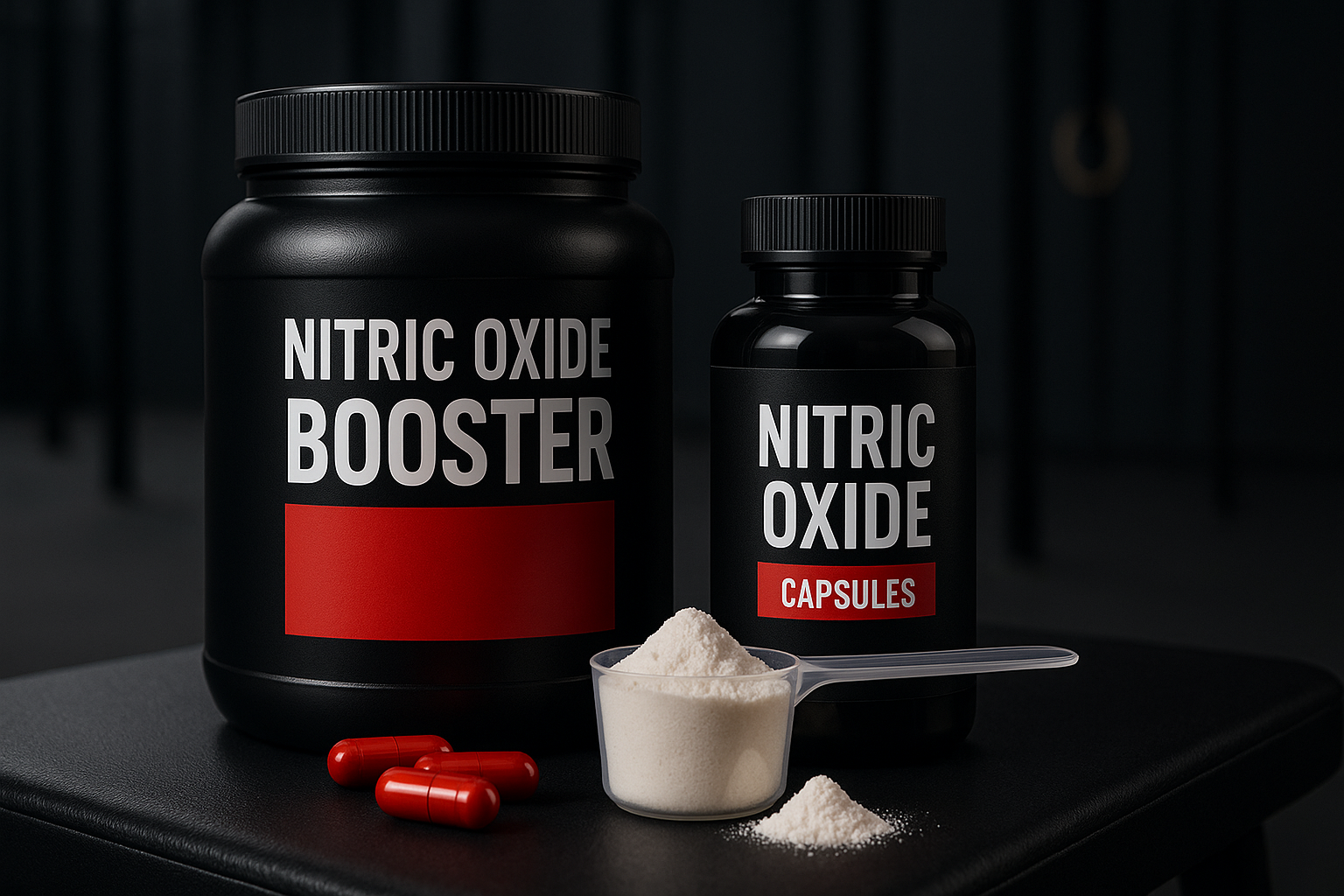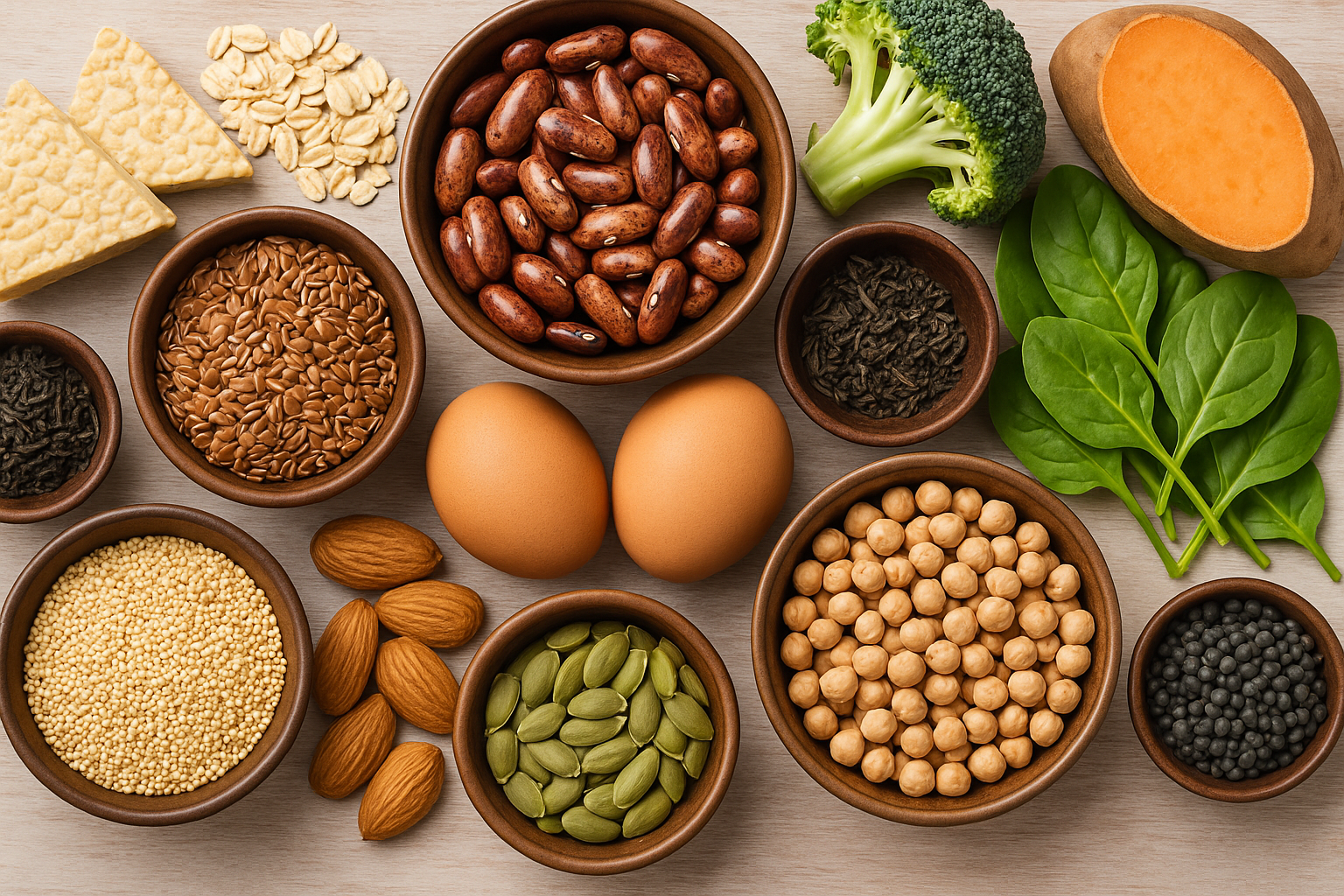Whole grains have long been a cornerstone of a healthy diet, yet their true value is often overlooked. Whether you’re striving for better heart health, stable energy levels, or improved digestion, incorporating whole grains into your diet can have profound effects. But what exactly are whole grain foods, and why are they so beneficial for your health? Let’s explore the science, benefits, and practical ways to make them a staple in your lifestyle.
What Are Whole Grain Foods?
Whole grain foods are made from grains that retain all three essential parts of the seed:
- Bran: The fiber-rich outer layer containing antioxidants, B vitamins, and minerals.
- Germ: The nutrient-packed core loaded with healthy fats, vitamins, and phytochemicals.
- Endosperm: The starchy middle layer providing energy through carbohydrates.
Unlike refined grains, which are stripped of the bran and germ during processing, whole grains preserve their natural nutrients. Common whole grain foods include:
- Brown rice
- Quinoa
- Oats
- Whole wheat bread and pasta
- Barley
- Farro
The History of Grain Refinement: How and Why the Industry Changed
The refinement of grains is not a new phenomenon. Historically, grains were consumed in their whole form, either cooked, ground into flour, or used in traditional dishes that retained their nutrient-packed bran and germ. However, with industrialization and technological advances in food processing, the way we consume grains changed dramatically—and not necessarily for the better.
The Rise of Refined Grains
In the late 19th and early 20th centuries, advances in milling technology allowed manufacturers to refine grains more efficiently. This process involved removing the bran and germ, leaving only the starchy endosperm. The result? Grains that had a finer texture, a milder taste, and a longer shelf life. These refined grains quickly gained popularity, especially in Western diets, where convenience and mass production became priorities.
The reasons for this shift were largely practical and economic:
- Improved Shelf Stability:
The bran and germ in whole grains contain oils that can spoil relatively quickly. By removing these parts, refined grains became less perishable, making them easier to store and transport over long distances. - Cost-Effectiveness:
Processing grains to create refined flour or white rice reduced waste, allowed for mass production, and catered to growing urban populations. - Cultural Preferences:
Refined grains were seen as a sign of wealth and sophistication. White bread, for instance, became a symbol of affluence, while whole grain breads were associated with lower socioeconomic status. - Taste and Texture:
The soft, smooth texture of refined grains appealed to consumers. Products like white bread and white rice were easier to chew and had a neutral flavor that could pair with a variety of dishes.
The Nutritional Cost of Refinement
While the refinement process was convenient for manufacturers and consumers, it came at a significant nutritional cost. Stripping away the bran and germ meant removing:
- Fiber: Critical for digestion and gut health.
- B Vitamins: Vital for energy production and brain health.
- Iron and Magnesium: Essential for oxygen transport and muscle function.
- Healthy Fats and Antioxidants: Key for reducing inflammation and supporting overall health.
Refined grains, in essence, became “empty calories,” offering energy without the robust nutritional benefits of whole grains. This shift in grain consumption contributed to the rise of modern health problems, such as obesity, diabetes, and heart disease.
Fortification: A Band-Aid Solution
In the mid-20th century, governments and food manufacturers began fortifying refined grains to combat widespread nutrient deficiencies caused by the shift to refined products. Essential nutrients like iron, folic acid, and some B vitamins were added back into refined grains, but this process didn’t fully replicate the benefits of whole grains. Fiber, for example, was not restored, and the natural synergy of nutrients found in the original grain was lost.
Why the Industry Continues to Refine Grains
Despite the well-documented benefits of whole grains, the food industry still produces large amounts of refined grain products for several reasons:
- Demand for Convenience: Consumers continue to favor products that are easy to cook, have a long shelf life, and suit modern fast-paced lifestyles.
- Lower Production Costs: Refined grains are cheaper to produce, store, and distribute, making them more profitable for manufacturers.
- Consumer Taste Preferences: Many people have grown accustomed to the softer texture and milder flavor of refined grains, leading to a lack of demand for whole grain alternatives.
The Call to Return to Origins
In recent years, public health campaigns and scientific research have emphasized the importance of whole grains in reversing the negative effects of refined grain consumption. Organizations like the Whole Grains Council and dietary guidelines worldwide now recommend making at least half of your daily grain intake whole grains.
Though the food industry was historically driven by practicality and profit, today’s consumer has the power to prioritize health by demanding whole grain options and making more informed choices at the grocery store. By understanding this history, we can appreciate the need to reclaim whole grains in our diets and recognize their role in promoting long-term health.
The Science Behind Their Health Benefits
Research consistently highlights the benefits of unrefined grains, linking them to reduced risks of chronic diseases. A study published in The British Medical Journal found that higher untreated grain intake correlates with lower rates of heart disease, type 2 diabetes, and certain cancers. They are rich in dietary fiber, vitamins, and minerals, which contribute to their health-enhancing properties.
Health Benefits of Whole Grain Foods
1. Boosts Heart Health
They have been shown to reduce LDL (“bad”) cholesterol levels while improving overall cardiovascular health. The fiber in whole grains helps to lower cholesterol by binding to it in the digestive system and removing it from the body.
A study in the BMC Medicine revealed that individuals consuming two servings of whole grains daily had significantly lower coronary heart disease risk compared to those consuming refined grains.
2. Enhances Digestive Health
They are an excellent source of dietary fiber, which supports healthy digestion. Fiber adds bulk to stool, preventing constipation and maintaining regularity. Additionally, the prebiotic fibers found in whole grains feed beneficial gut bacteria, promoting a balanced microbiome.
3. Regulates Blood Sugar Levels
They have a lower glycemic index compared to refined grains. This means they release glucose into the bloodstream at a slower rate, preventing spikes in blood sugar levels. For individuals with diabetes or insulin resistance, unprocessed grains are a vital dietary component for maintaining stable blood sugar.
4. Promotes Weight Management
Foods rich in fiber, are more filling, reducing the likelihood of overeating. Studies show that incorporating whole grains into your diet can help you feel satisfied for longer, making them an effective tool for weight control.
5. Provides Essential Nutrients
They are packed with essential vitamins and minerals, including:
- B Vitamins: Support energy metabolism and brain health.
- Magnesium: Crucial for muscle function and bone health.
- Iron: Aids in oxygen transportation throughout the body.
Whole Grains vs Refined Grains
The main difference between unprocessed grains and refined grains lies in their processing. Refined grains, such as white rice and white bread, are stripped of the nutrient-rich bran and germ, leaving only the starchy endosperm. This process removes up to 25% of the grain’s protein and 17 key nutrients.
Why Whole Grains Are Superior:
- Higher fiber content improves digestion and heart health.
- Retention of antioxidants and phytochemicals helps combat inflammation.
- Better blood sugar control due to a slower release of glucose.
How to Identify them
Navigating the grocery store can be tricky when it comes to identifying true whole grain products. Here are some tips:
- Check the Label: Look for “100% whole grain” or “whole wheat” as the first ingredient.
- Look for the Whole Grain Stamp: A yellow-and-black stamp from the Whole Grains Council indicates a product contains at least half a serving of whole grains per serving.
- Beware of Buzzwords: Terms like “multigrain” or “stone-ground” do not guarantee the product is made with whole grains.
How to Incorporate them Into Your Diet
Adding whole grains to your meals doesn’t have to be complicated. Here are some simple tips:
- Swap Refined Grains: Replace white rice with brown rice or quinoa.
- Start Your Day with Natural Grains: Opt for oatmeal or whole wheat toast for breakfast.
- Snack Smart: Choose air-popped popcorn or whole grain crackers.
- Experiment with New Grains: Try barley, farro, or bulgur in soups and salads.
FAQs
What qualifies as a whole grain?
Any grain that contains all three parts—bran, germ, and endosperm—is considered a whole grain.
Are unprocessed grains gluten-free?
Some whole grains, like quinoa, millet, and buckwheat, are naturally gluten-free. However, others, such as wheat, contain gluten.
How many servings of whole grains should I eat daily?
The Dietary Guidelines for Americans recommend at least 3 servings (48 grams) of whole grains per day.
Can unrefined grains help with weight loss?
Yes, the fiber in whole grains promotes satiety, reducing overall calorie intake and aiding weight management.
Are refined grains ever healthy?
While refined grains lack the nutrients of whole grains, they can still be part of a balanced diet when consumed in moderation.
What are some kid-friendly options?
Whole wheat pasta, popcorn, and oatmeal are great choices for children.
Conclusion: Embrace the Power of Whole Foods
Unrefined grains are not just a dietary choice—they’re an investment in your long-term health. By incorporating unprocessed grain foods into your meals, you can enjoy better digestion, improved heart health, stable energy levels, and so much more.
Ready to take the next step in transforming your health? Empowerise offers a fully personalized transformation coaching program to help you build a sustainable, whole-grain-rich diet tailored to your needs. Sign up today and unlock the full potential of a healthier, more vibrant you!
External References:






